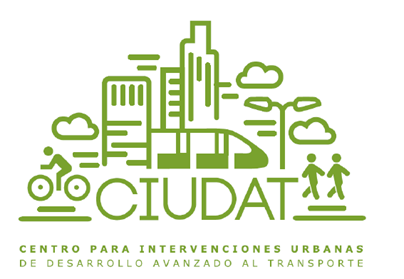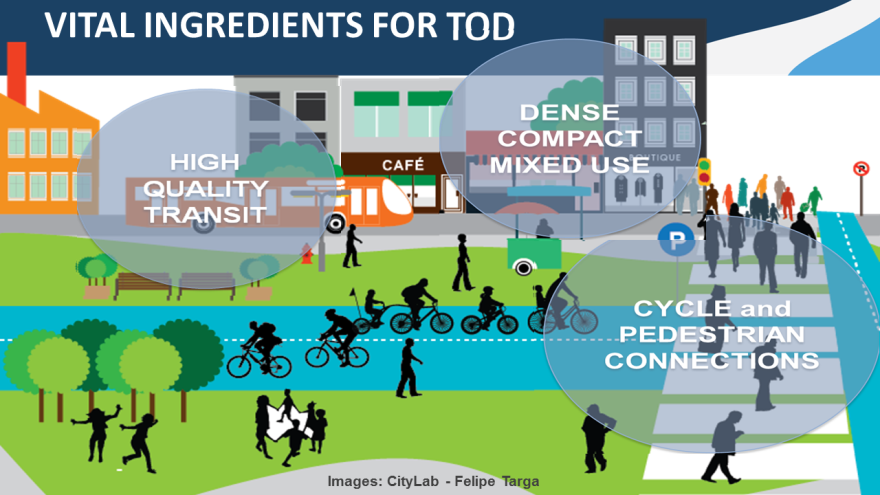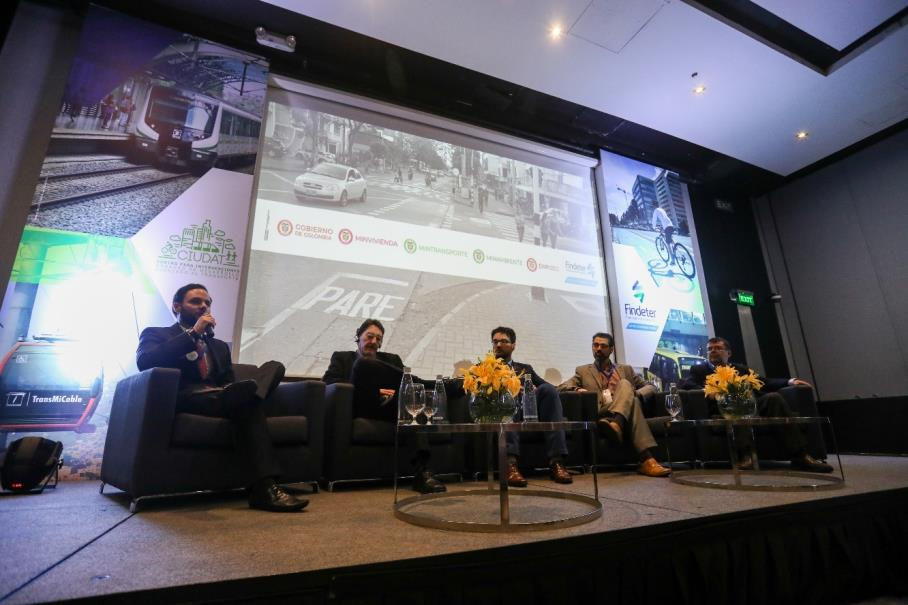Think Big: Developing Transformative TOD Policies in Colombia
- Steve Winkelman
- Apr 10, 2019
- 3 min read
Updated: Jan 28, 2021
The Colombia TOD NAMA Support Project, funded by Germany and the UK through the NAMA Facility, is entering a new phase as it embarks upon assessing potential national policy frameworks to scale-up and replicate transit-oriented development (TOD) across Colombian cities. (The development of the Colombia TOD NAMA was a collaboration of CCAP, FINDETER, the Colombian Ministries of Environment, Transportation and Housing, and the National Planning Department. Colombia’s National Government designated FINDETER as the host of the implementing entity, CIUDAT, which is staffed by experts on urban planning, transport, environment, finance, development, social equity and communication, among others.)

Having completed pre-feasibility studies for TOD pilot projects in Cali, Manizales and Pasto (by IDOM, under contract to CCAP), CIUDAT is considering a potential fourth city and is working with KfW to launch feasibility studies. Concurrently, CCAP has hired a consortium of WWF Colombia and Hill Consulting to develop guidelines for comprehensive monitoring & evaluation (M&E) of TOD implementation and impacts at the local and national levels. This M&E approach considers changes in land use and urban form, travel, emissions, investment and socio-economic indicators, and will support Colombia’s national GHG monitoring, reporting and verification (MRV) system. The framework will also track implementation progress, potential for scale-up and replication, institutional capacity and attitudes toward TOD. CIUDAT plans to complete national and local TOD M&E guidelines by the end of the year.
In order to realize the vision of the NAMA ─ the transformation of urban development in Colombia to a low-carbon TOD model ─ it is essential to develop national and local policies and foster the market conditions to prioritize public and private investment in TOD neighborhoods.
As an initial step in this direction CCAP prepared a white paper, A Matrix of Potential Policy Tools for TOD in Colombia. This paper defines the key elements of TOD Neighborhoods (the 7 D’s: Density, Diversity, Design, Destinations, Distance and Demand management) and considers four categories of government action that to advance specific TOD elements:
Planning and growth policy,
Public investment and budget,
Incentives and disincentives for private investment, and
Regulations.
The white paper presents a matrix indicating a range of potential actions national and local governments might take in each of the four categories; below is a sample excerpt.

The CIUDAT team at Findeter is preparing a TOD policy road map to promote replication of TOD throughout Colombia. CIUDAT is conducting and supervising national and local policy studies, and will develop recommendations for harmonization of policies across national ministries to advance national policy goals on urban transportation, housing, environment, economic development and social equity.

As a key step in this process, CCAP has hired a consortium of Sigma GP and Despacio to support CIUDAT staff in their policy analysis and coordination with the national ministries. The Sigma-Despacio team is researching best TOD practices from around the world and examining their potential application in the Colombian context. They are assessing barriers to TOD implementation and scale-up in Colombia and reviewing existing national policies pertaining to urban planning, land development, transportation, housing and private investment. They will then conduct SWOT analysis (Strengths, Weaknesses, Opportunities, and Threats) of these policies from a TOD perspective. CIUDAT staff is working with advisors in national ministries and CCAP to guide Sigma-Despacio and develop a national TOD policy framework, guidelines and policy action roadmap.
On April 10th FINDETER, CCAP and Sigma-Despacio hosted a kick-off workshop with 20 experts from national ministries and FINDETER to explore challenges and opportunities for development of TOD policy in Colombia.
I opened the workshop with a charge to “think big”. My full comments are available here; below are some excerpts.
The goal of the NAMA isn’t modest – it’s to transform urban development in Colombia to a TOD model that reduces GHG emissions.
Think big. When we think of vehicle electrification we can easily visualize a full fleet of electric vehicles powered by clean energy. If we don’t pursue a parallel bold vision for TOD and active transportation we’ll be stuck in “Clean Congestion.”
TOD is a complicated “technology” that incorporates transport, urban planning, housing, real estate development and multiple layers of government. As such it will require integrated policies at the national and local levels.
We need to Ask the Climate Question of public and private spending on buildings and infrastructure – is it advancing TOD and decreasing GHGs or is it supporting automobile-oriented development and increasing GHGs?
I am confident that CIUDAT can chart an effective course to TOD including a bold vision, catalytic short-term actions and a comprehensive policy framework to make TOD business-as-usual in Colombia.
We will update you on our progress, including findings from the workshop over the coming months.
Group discussions at the CCAP-Findeter kick-off workshop on TOD policy (April 10, 2019)
November 2018 CIUDAT TOD forum: Jean Francisco Duque (CIUDAT), Robert Cervero (UC Berkeley), Francisco Burgos (IDOM), Steve Winkelman (CCAP) and Darío Hidalgo (formerly WRI – now Despacio)












شيخ روحاني
رقم شيخ روحاني
الشيخ الروحاني
الشيخ الروحاني
شيخ روحاني سعودي
رقم شيخ روحاني
شيخ روحاني مضمون
Berlinintim
Berlin Intim
جلب الحبيب
https://www.eljnoub.com/
https://hurenberlin.com/